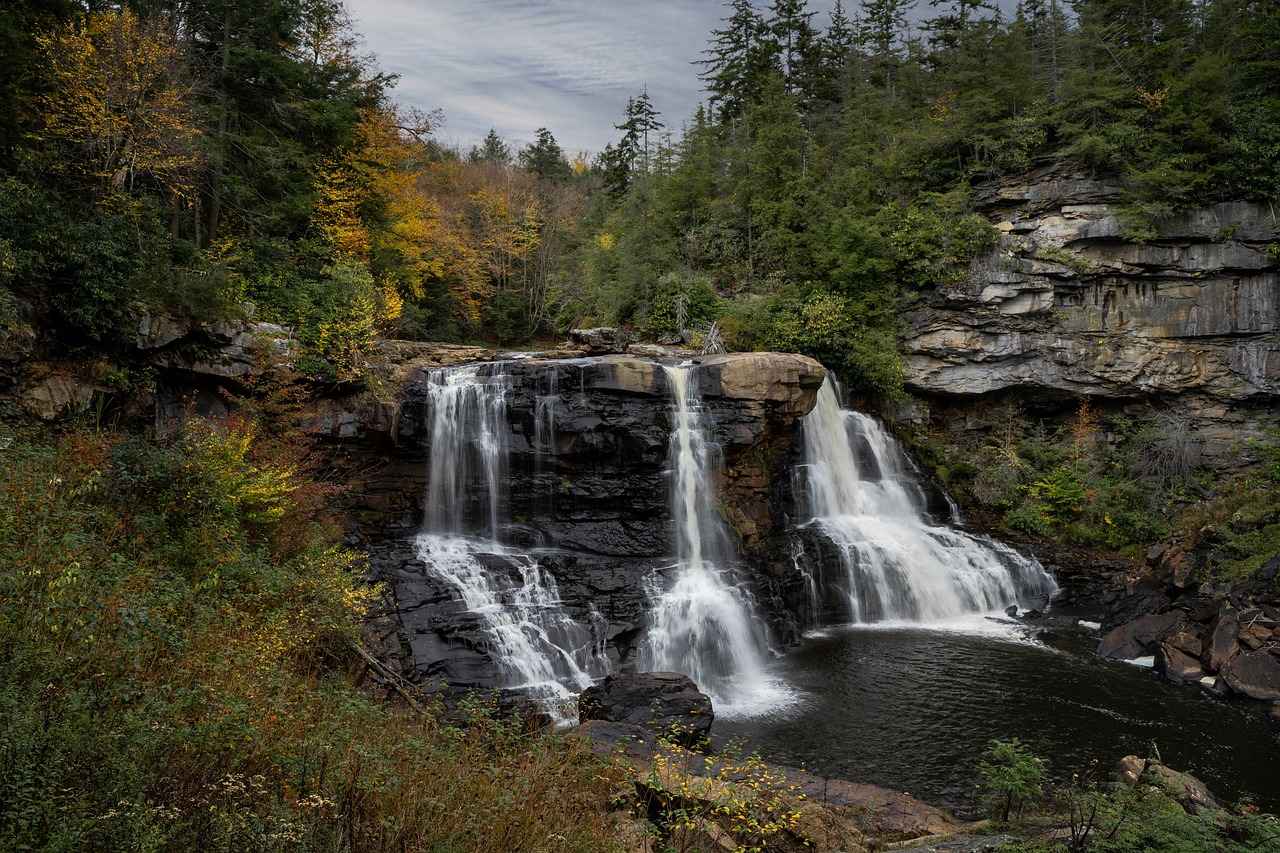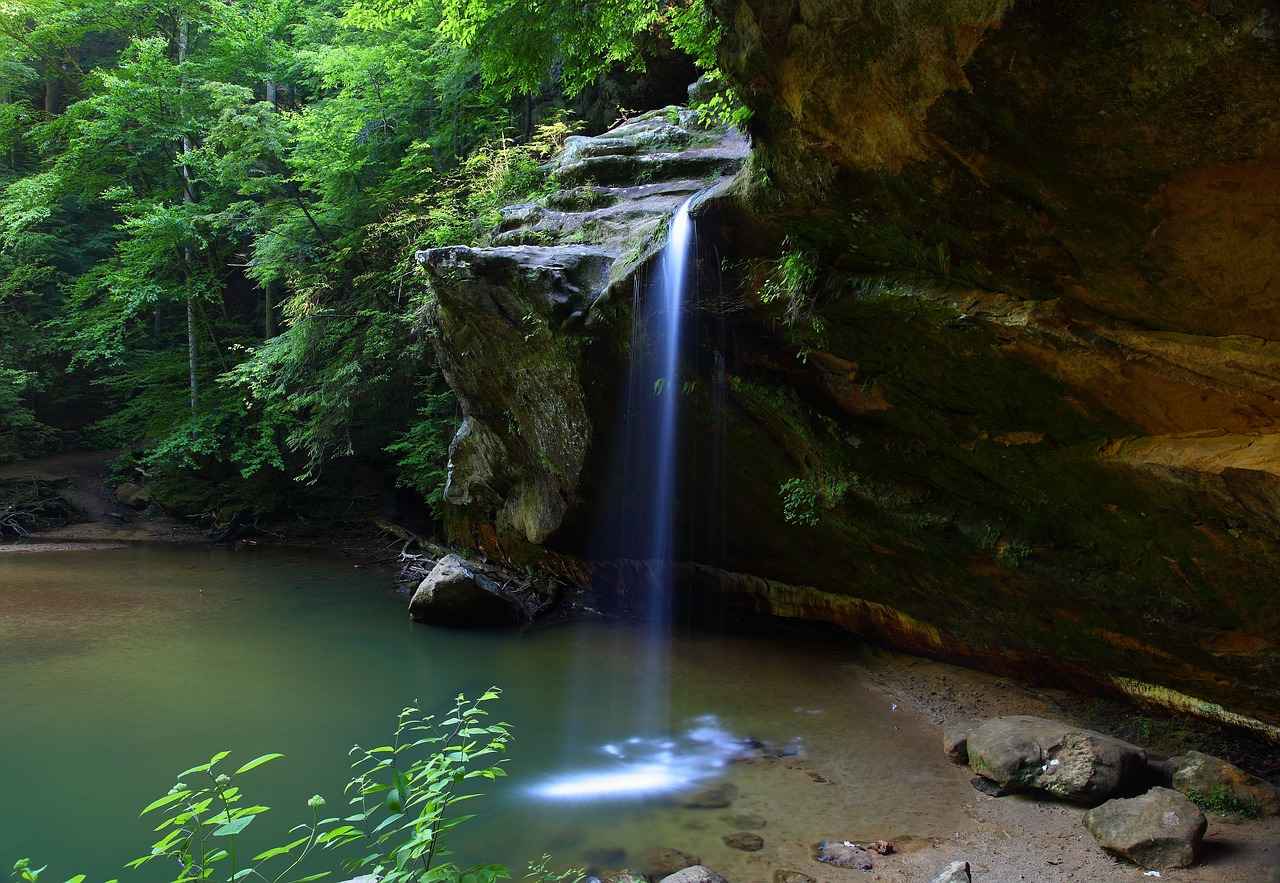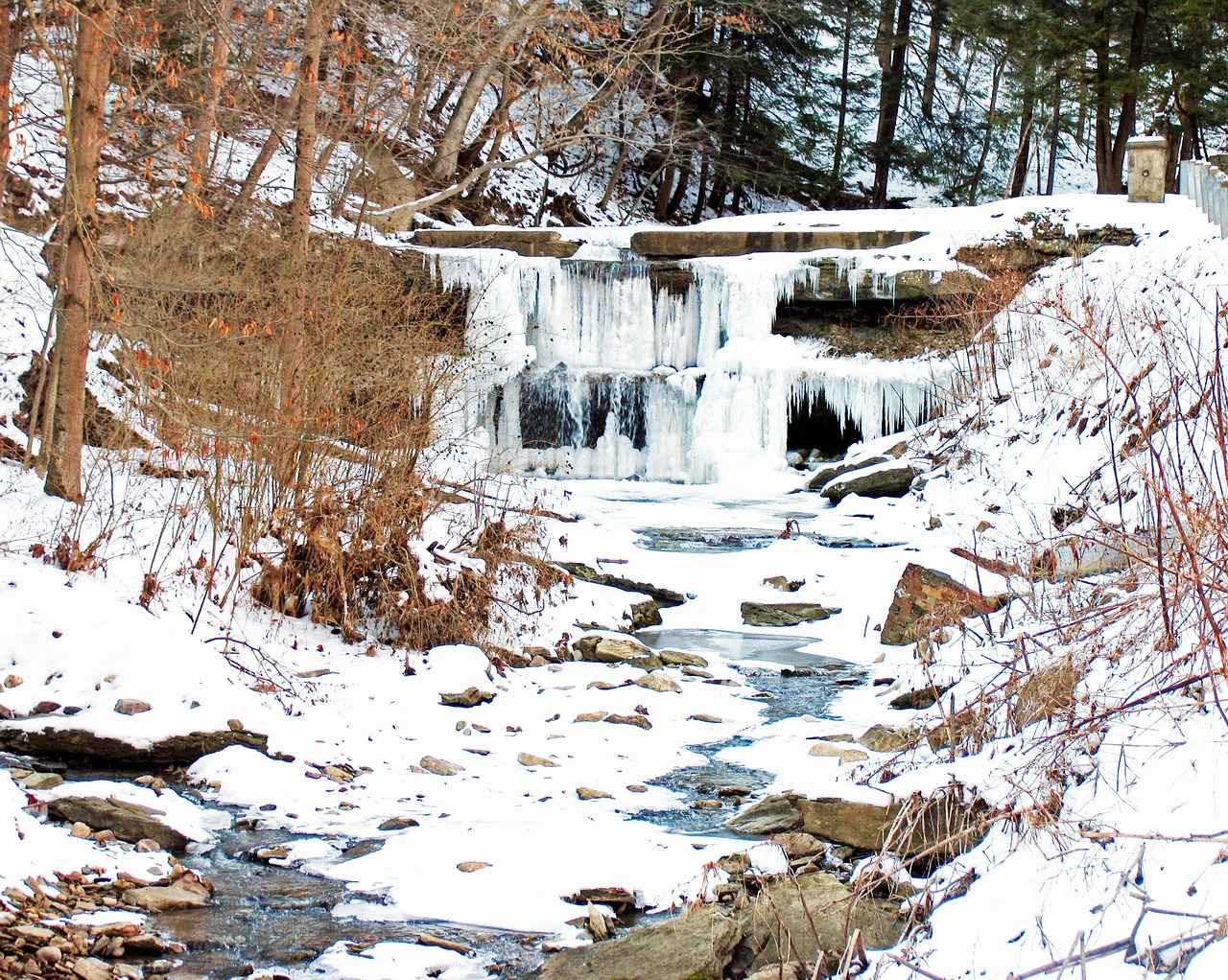This article delves into the serene town of Arambagh, highlighting its attractions, culture, and why it serves as an ideal getaway from the bustling city of Kolkata. Nestled in the Hooghly district, Arambagh is a hidden gem that offers a refreshing break from the urban chaos.
What Makes Arambagh Unique?
Arambagh is renowned for its rich history, vibrant culture, and picturesque landscapes. The town’s unique charm lies in its blend of tradition and modernity, making it an appealing destination for both history enthusiasts and nature lovers.
Historical Significance of Arambagh
The history of Arambagh dates back centuries, featuring numerous historical landmarks that narrate the tales of its past. Visitors can explore ancient temples and colonial-era buildings that stand as testaments to the town’s storied heritage.
- Key Historical Landmarks: Discover prominent sites such as the famous Shiv Mandir and colonial bungalows that reflect the architectural elegance of a bygone era.
- Temples of Arambagh: The temples are not only places of worship but also showcase intricate designs and deep-rooted traditions.
- Colonial Architecture: Stroll through streets lined with well-preserved buildings that tell stories of the past.
Local Culture and Traditions
The culture of Arambagh is a vibrant tapestry of festivals, traditional art forms, and local customs. The town celebrates various festivals with great fervor, offering visitors a glimpse into its rich cultural heritage.
Natural Beauty and Attractions
The breathtaking natural beauty surrounding Arambagh makes it a haven for nature lovers. Key attractions include:
- Parks and Gardens: Relax in the serene parks and gardens that provide perfect spots for leisure activities.
- Nearby Natural Wonders: Explore the scenic rivers and hills that enhance Arambagh’s appeal.
Local Cuisine: A Culinary Delight
Arambagh’s food scene is a treat for food lovers, offering a variety of traditional Bengali dishes. Must-try dishes include:
- Fish Curry: A staple in Bengali cuisine, it is a must-try for any visitor.
- Sweets: Indulge in local sweets that are a reflection of the region’s culinary heritage.
How to Reach Arambagh
Traveling to Arambagh is convenient, with various transportation options available:
- Transportation Options: Trains and buses connect Arambagh with Kolkata, making travel hassle-free.
- Best Time to Visit: The ideal time to visit is during the winter months when the weather is pleasant.
Final Thoughts: Why Visit Arambagh?
In conclusion, Arambagh offers a peaceful retreat from the hustle and bustle of Kolkata. With its rich history, vibrant culture, and stunning natural beauty, it stands as a must-visit destination for travelers seeking tranquility and charm.

What Makes Arambagh Unique?
Arambagh, a quaint town nestled in West Bengal, is a hidden gem that captivates visitors with its unique blend of history, culture, and natural beauty. Unlike the bustling metropolitan life of Kolkata, Arambagh offers a peaceful retreat where one can immerse in the local traditions and scenic landscapes. This section delves into the factors that contribute to its uniqueness and charm.
- Rich Historical Heritage: Arambagh’s history stretches back centuries, with numerous landmarks that tell tales of its glorious past. The town is dotted with ancient temples and colonial-era buildings that reflect its vibrant history.
- Cultural Vibrancy: The local culture is a tapestry of colorful festivals, traditional music, and dance forms that bring the community together. Events such as Durga Puja and Poila Baisakh are celebrated with great enthusiasm, showcasing the town’s rich cultural heritage.
- Natural Beauty: Surrounded by lush greenery and serene water bodies, Arambagh is a haven for nature lovers. The picturesque landscapes offer a serene backdrop for leisurely strolls and picnics, making it an ideal getaway.
- Delicious Cuisine: Arambagh’s culinary scene is a treat for food enthusiasts. Traditional Bengali dishes, especially fish curry and sweets, are must-tries that reflect the local flavors and culinary traditions.
In summary, Arambagh stands out due to its rich historical significance, vibrant culture, and breathtaking natural scenery. This unique combination makes it a perfect destination for those looking to escape the chaos of city life and experience the charm of rural Bengal.

Historical Significance of Arambagh
Arambagh, a town in West Bengal, is steeped in a rich historical narrative that reflects the cultural and architectural evolution of the region over centuries. Its significance is not only rooted in its historical landmarks but also in the stories they tell about the past.
The town’s history can be traced back to ancient times, with archaeological findings indicating its existence as a bustling settlement. Arambagh’s strategic location made it a vital hub for trade and commerce, contributing to its growth and development.
| Landmark | Significance |
|---|---|
| Shiv Mandir | This ancient temple is dedicated to Lord Shiva and showcases intricate carvings that reflect the artistry of the period. |
| Colonial Bungalows | These bungalows represent the architectural style of the British era and are a testament to the town’s colonial past. |
| Rajbari | The Rajbari is a grand palace that once belonged to the local zamindars, showcasing the opulence of the feudal era. |
Among the notable structures, the Shiv Mandir stands out for its architectural beauty and spiritual significance. This temple not only serves as a place of worship but also attracts visitors interested in its historical context and design. Similarly, the colonial bungalows scattered throughout the town offer a glimpse into the lifestyle of the British settlers, with their elegant designs and sprawling gardens.
Arambagh’s Rajbari is another landmark worth mentioning. This magnificent palace is a reminder of the zamindari system that once thrived in Bengal. Today, it serves as a cultural venue, hosting various events and festivals that celebrate the town’s heritage.
In conclusion, Arambagh’s historical landmarks are not just remnants of the past; they are vibrant symbols of its rich cultural tapestry. Each structure tells a unique story, contributing to the town’s identity and making it a significant destination for history enthusiasts and tourists alike.
Key Historical Landmarks
Arambagh, a town steeped in history, offers a treasure trove of historical landmarks that reflect its rich cultural heritage. From ancient temples to colonial-era buildings, each site tells a story that connects the past with the present. Let’s explore some of the most prominent historical sites that make Arambagh a unique destination.
- Shiv Mandir: This ancient temple, dedicated to Lord Shiva, features intricate carvings and stunning architecture. It stands as a testament to the religious significance and artistic prowess of the region.
- Raja Rani Palace: A magnificent structure from the colonial era, this palace showcases beautiful gardens and impressive architecture. It was once the residence of local royalty and reflects the grandeur of its time.
- Gopinath Temple: Another gem in Arambagh, this temple is renowned for its unique architecture and vibrant festivals. It attracts devotees and tourists alike, especially during major religious celebrations.
- Old British Bungalows: Scattered throughout the town, these bungalows represent the colonial past of Arambagh. Many of them have been preserved and offer a glimpse into the lifestyle of the British during their rule.
Each of these landmarks not only serves as a reminder of Arambagh’s historical significance but also enriches the cultural landscape of West Bengal. Visitors can immerse themselves in the stories of yesteryears while enjoying the serene beauty of the town.
Exploring these sites provides a deeper understanding of Arambagh’s heritage, making it an essential stop for history enthusiasts and casual travelers alike. Whether you are wandering through ancient temples or admiring colonial architecture, Arambagh offers a unique blend of history and beauty.
Temples of Arambagh
Arambagh, a serene town in West Bengal, is renowned not only for its tranquil ambiance but also for its stunning temples. These sacred sites serve as both places of worship and remarkable architectural achievements, reflecting the rich cultural heritage and deep-rooted traditions of the region.
The temples in Arambagh are adorned with intricate carvings and vibrant sculptures that tell stories of ancient deities and historical events. Each temple is a testament to the skilled craftsmanship of artisans who have poured their heart and soul into these structures over the centuries. The designs often incorporate elements of local architecture, making them unique to the area.
Visitors to Arambagh can explore a variety of temples, each with its own significance. For instance, the Shiv Mandir is a popular destination during the festival of Shivratri, where devotees gather to offer prayers and celebrate with great fervor. Similarly, the Radha-Krishna Temple is a vibrant hub during the Janmashtami festival, drawing large crowds who come to partake in the festivities.
In addition to their religious importance, the temples serve as cultural centers where traditional events and rituals are held. This not only fosters a sense of community but also preserves the rich cultural heritage of Arambagh. Visitors can often witness local celebrations, dance performances, and music that echo the town’s vibrant spirit.
Architectural Styles: The architectural styles of these temples vary, showcasing influences from different eras and cultures. From the ornate domes to the elaborate gateways, each temple tells a story of its own, inviting architecture enthusiasts to marvel at their beauty.
In conclusion, the temples of Arambagh are not merely places of worship; they are cultural landmarks that embody the essence of the town’s history and traditions. A visit to these temples offers a profound insight into the spiritual and architectural richness of Arambagh, making it a must-see for anyone exploring this enchanting region.
Colonial Architecture
The found in Arambagh is a remarkable testament to the town’s rich historical narrative. This architectural style, which emerged during the British colonial period, showcases a blend of local and European influences, creating a unique aesthetic that captivates visitors and historians alike. Walking through the streets of Arambagh, one can observe several well-preserved buildings that stand as silent witnesses to a bygone era.
Among these structures, you will find elegant bungalows, grand mansions, and public buildings that reflect the artistic sensibilities of their time. The use of intricate designs, tall columns, and expansive verandas are hallmarks of this architectural style. Each building tells a story, echoing the lives of those who once inhabited them and the socio-political climate of the time.
One notable example is the Arambagh Rajbari, a magnificent palace that showcases ornate facades and sprawling gardens. This landmark not only serves as a reminder of the town’s royal past but also attracts architecture enthusiasts and tourists interested in the historical significance of such structures.
Additionally, the colonial buildings in Arambagh often feature large windows and high ceilings, designed to keep interiors cool during the hot summer months. This practical approach to architecture is just one aspect of how colonization influenced local building styles.
In recent years, there has been a growing interest in preserving these architectural gems, as they are crucial to understanding the town’s heritage. Local initiatives aim to restore and maintain these buildings, ensuring that future generations can appreciate their beauty and historical importance.
In conclusion, the colonial architecture of Arambagh is not merely a collection of old buildings; it is a vibrant part of the town’s identity. By exploring these structures, visitors can gain valuable insights into the history and culture of this charming town, making it a worthwhile destination for anyone interested in architecture and history.
Local Culture and Traditions
Arambagh’s culture is a vibrant tapestry woven from a rich history of traditions, festivals, and local art forms. This cultural richness defines the town and offers a glimpse into the everyday lives of its residents. The community celebrates a variety of festivals throughout the year, each showcasing unique customs and vibrant expressions of local heritage.
- Festivals: The people of Arambagh take great pride in their festivals, which are marked by colorful processions and traditional music. Major celebrations include Dussehra, Durga Puja, and Poila Baisakh (Bengali New Year), where the streets come alive with joy and fervor.
- Local Art Forms: The town is also known for its traditional crafts, including handloom weaving and pottery. Artisans in Arambagh create exquisite pieces that reflect the local culture and are often showcased in regional fairs.
- Music and Dance: Traditional music and dance play a vital role in the cultural landscape of Arambagh. Folk performances, such as Baul music, resonate with the town’s ethos, while local dance forms like Chhau are performed during festivals, captivating audiences with their energy and storytelling.
Moreover, the culinary traditions of Arambagh are deeply intertwined with its culture. Local dishes, rich in flavors and history, are often prepared during festivals, allowing families to come together and celebrate their heritage. The use of fresh, locally sourced ingredients in traditional recipes not only enhances the taste but also supports local farmers and artisans.
In conclusion, Arambagh’s cultural landscape is a dynamic blend of traditions, festivals, and artistic expressions that together create a unique identity for the town. The community’s dedication to preserving its rich heritage ensures that both residents and visitors can experience the warmth and vibrancy of Arambagh’s culture.

Natural Beauty and Attractions
The enchanting town of Arambagh is surrounded by a tapestry of natural wonders that captivate the hearts of visitors. Nestled in West Bengal, this picturesque locale is a perfect retreat for those seeking tranquility and a connection with nature. From lush green parks to serene rivers, the natural beauty of Arambagh is truly breathtaking.
Key Attractions in Arambagh
- Parks and Gardens: Arambagh boasts several well-maintained parks and gardens, providing ideal spots for relaxation and leisure. The vibrant flora and serene environment make them perfect for picnics and family outings.
- Rivers and Water Bodies: The nearby rivers offer opportunities for boating and fishing, allowing visitors to immerse themselves in the natural beauty of the area. The gentle sound of flowing water adds to the serene atmosphere.
- Hills and Scenic Views: Just a short distance from the town, the rolling hills provide stunning panoramic views. Hiking trails in these areas are popular among nature enthusiasts and adventure seekers alike.
Wildlife and Biodiversity
Arambagh is not just about picturesque landscapes; it is also home to diverse wildlife. Birdwatchers can delight in spotting various species in their natural habitats. The region’s rich biodiversity makes it a hotspot for nature lovers and researchers.
Seasonal Beauty
Each season brings its own charm to Arambagh. In spring, vibrant flowers bloom, while autumn paints the landscape in warm hues. Winter provides a refreshing chill, making it an excellent time for cozy gatherings in the parks.
Conclusion
With its stunning natural beauty and a variety of attractions, Arambagh stands out as an ideal destination for those looking to escape the hustle and bustle of city life. Whether you are seeking adventure or tranquility, this charming town has something for everyone.
Parks and Gardens
Arambagh, a tranquil town nestled in West Bengal, boasts an array of beautiful parks and gardens that serve as perfect retreats from the hustle and bustle of everyday life. These green spaces not only enhance the town’s charm but also provide residents and visitors alike with opportunities for relaxation and leisure activities amidst nature.
The parks and gardens in Arambagh are meticulously maintained, offering a variety of flora that reflects the region’s rich biodiversity. Visitors can enjoy leisurely strolls along winding paths, surrounded by vibrant flowers and lush greenery. Family picnics, morning jogs, and evening walks are common sights in these serene environments, making them ideal spots for both recreation and socializing.
- Arambagh Park: This is one of the most popular parks, featuring expansive lawns, shaded benches, and a small pond. It’s a favored spot for families and fitness enthusiasts.
- Botanical Garden: A hidden gem, this garden showcases a diverse collection of plants and trees. It’s perfect for nature lovers and those seeking tranquility.
- Children’s Play Area: Many parks in Arambagh include designated play areas for children, complete with swings and slides, ensuring that even the youngest visitors have a place to enjoy.
In addition to providing a space for physical activities, these parks often host community events and cultural festivals, further enriching the social fabric of Arambagh. The lush landscapes serve as a backdrop for various cultural programs, bringing the community together in celebration.
With their serene ambiance and natural beauty, the parks and gardens of Arambagh truly embody the essence of relaxation and leisure. They are not just green spaces; they are vital parts of the community that foster a connection between nature and the people who inhabit this charming town.
Nearby Natural Wonders
Arambagh, nestled in the heart of West Bengal, is not just a town rich in history and culture; it is also surrounded by a myriad of natural wonders that enhance its appeal as a tranquil getaway. The nearby rivers and hills offer visitors a chance to immerse themselves in the serene beauty of nature, making it an ideal location for both adventure seekers and those looking to relax.
The rivers near Arambagh, such as the Hooghly River, provide picturesque landscapes and opportunities for various activities. Visitors can enjoy:
- Boating: Experience the calmness of the water while enjoying a leisurely boat ride.
- Fishing: For enthusiasts, the rivers are home to various fish species, making it a popular spot for fishing.
- Photography: Capture stunning sunsets and the vibrant ecosystem surrounding the rivers.
The hills surrounding Arambagh offer breathtaking views and a refreshing escape from the city’s hustle and bustle. Key attractions include:
- Trekking Trails: Explore the various trekking routes that cater to both beginners and experienced hikers.
- Picnic Spots: Ideal for family outings, these hills provide perfect locations for picnics amidst nature.
- Wildlife Watching: The hills are home to diverse flora and fauna, making it a great spot for nature enthusiasts.
In summary, the natural wonders surrounding Arambagh, including its rivers and hills, significantly enhance its charm as a scenic getaway. Whether you seek adventure or tranquility, Arambagh’s natural landscapes offer something for everyone. Plan your visit today to experience the breathtaking beauty that awaits!

Local Cuisine: A Culinary Delight
Arambagh is not just a feast for the eyes but also a gastronomic paradise for food enthusiasts. The town is renowned for its rich and diverse Bengali cuisine, which is deeply rooted in tradition and culture. This section explores the local food scene, highlighting the unique flavors and culinary experiences that Arambagh has to offer.
Traditional Bengali Dishes
The culinary landscape of Arambagh is defined by its traditional dishes that are prepared using age-old recipes passed down through generations. Visitors should not miss the opportunity to savor:
- Shorshe Ilish: Hilsa fish cooked in mustard sauce, a true delicacy.
- Chingri Malai Curry: Prawns cooked in a creamy coconut milk sauce.
- Bhapa Pitha: Steamed rice cakes filled with coconut and jaggery.
- Mishti Doi: A sweetened yogurt dessert that is a staple in Bengali households.
Must-Visit Eateries
To truly experience the flavors of Arambagh, dining at local eateries is a must. Some of the popular spots include:
- Arambagh Bhuri Bhoj: Known for its authentic Bengali thali.
- Rani Rasoi: A cozy restaurant famous for its fish curry and rice.
- Shobha Bhandar: A sweet shop that serves delectable Bengali sweets.
Street Food Experience
No visit to Arambagh is complete without indulging in the vibrant street food scene. Local vendors offer a variety of snacks, including:
- Puchka: Crispy puris filled with spicy tamarind water.
- Chaat: A mix of flavors and textures that tantalize the taste buds.
In conclusion, Arambagh’s culinary offerings are a delightful blend of tradition and innovation. With its rich flavors and diverse dishes, the town promises a memorable dining experience that reflects the heart of Bengali culture.
Must-Try Dishes
When visiting the charming town of Arambagh in West Bengal, indulging in the local cuisine is an absolute must. The culinary landscape here is rich and diverse, reflecting the region’s cultural heritage and traditions. This section highlights some that you simply cannot miss during your visit.
- Fish Curry: Arambagh is renowned for its delectable fish curry, often prepared with fresh catch from the nearby rivers. This dish is typically cooked with a blend of spices, mustard oil, and coconut milk, creating a rich and flavorful experience that embodies the essence of Bengali cuisine.
- Shorshe Ilish: Another local favorite is Shorshe Ilish, which features hilsa fish marinated in a mustard paste and cooked to perfection. The combination of the fish’s delicate texture with the pungent mustard creates a dish that is both aromatic and satisfying.
- Bengali Sweets: No culinary journey in Arambagh would be complete without sampling its famous sweets. From Rasgulla to Sandesh, these desserts are made with fresh chhena (cottage cheese) and infused with flavors like cardamom and saffron, offering a sweet finale to your meal.
- Prawn Malai Curry: For seafood lovers, Prawn Malai Curry is a must-try. This dish features succulent prawns cooked in a creamy coconut milk sauce, seasoned with spices that enhance its natural sweetness.
- Bhapa Ilish: This traditional dish consists of hilsa fish steamed with spices and mustard paste, resulting in a tender and flavorful meal that is often served with rice.
Each of these dishes not only tantalizes the taste buds but also tells a story of Arambagh’s rich culinary traditions. To truly appreciate the flavors of this region, visit local eateries where you can experience authentic preparations made with love and care.
In conclusion, Arambagh’s culinary offerings, especially its fish curries and sweets, are a reflection of the area’s heritage and should be on every food lover’s list. Make sure to explore these delightful dishes during your visit!
Popular Restaurants and Eateries
Arambagh, a charming destination in West Bengal, is not only known for its rich history and serene landscapes but also for its delicious Bengali cuisine. For food enthusiasts, the town offers a variety of restaurants and eateries that serve authentic dishes in a cozy and inviting atmosphere. Here’s a guide to some of the best places to savor the local flavors.
- Bengal Flavors
A must-visit for anyone craving traditional Bengali dishes, Bengal Flavors specializes in fish curry and shorshe ilish (hilsa fish in mustard sauce). The warm ambiance and friendly staff make it a favorite among locals and visitors alike. - Arambagh Kitchen
Known for its homely feel, Arambagh Kitchen offers a range of vegetarian and non-vegetarian options. Their chicken kosha and mutton biryani are highly recommended, reflecting the authentic flavors of Bengali cooking. - Sweet Tooth
No visit to Arambagh is complete without indulging in sweets. Sweet Tooth is famous for its rasgulla and sandesh, making it the perfect spot to satisfy your sweet cravings after a hearty meal. - Heritage Bistro
For a unique dining experience, Heritage Bistro combines traditional recipes with modern flair. Their prawn malai curry and vegetable chop are local favorites, served in a beautifully decorated space that echoes the town’s rich heritage.
Whether you are a local or a traveler, exploring these eateries will allow you to experience the culinary richness of Arambagh. The combination of flavorful dishes and a cozy atmosphere makes dining in this town a delightful experience.

How to Reach Arambagh
Traveling from Kolkata to Arambagh can be a delightful experience, offering a chance to escape the city’s hustle and bustle. This section provides practical information on how to reach Arambagh, including various transportation options and essential travel tips for a smooth journey.
Transportation Options
- By Train: The most convenient way to reach Arambagh is by train. Several local trains run from Howrah and Sealdah stations to Arambagh. The journey takes approximately 2 to 3 hours. Make sure to check the train schedule in advance to plan your trip effectively.
- By Bus: Numerous buses operate from Kolkata to Arambagh. You can catch a bus from various terminals in Kolkata, such as Esplanade or Howrah. The bus ride typically lasts around 3 to 4 hours, depending on traffic conditions.
- By Car: If you prefer to drive, taking a private car or hiring a taxi can be a comfortable option. The distance from Kolkata to Arambagh is about 70 kilometers, and the drive usually takes around 2 to 3 hours via NH16.
Travel Tips:
- Plan your trip during off-peak hours to avoid heavy traffic, especially if you are driving.
- Carry some snacks and water for the journey, particularly if you are taking the train or bus.
- Keep your belongings secure and be aware of your surroundings while traveling.
Best Time to Visit: The ideal time to visit Arambagh is between October and March when the weather is pleasant. This period also coincides with various local festivals, adding to the cultural experience.
In summary, reaching Arambagh from Kolkata is straightforward, with several transportation options available to suit different preferences. With proper planning and these travel tips, you can ensure a smooth and enjoyable journey to this peaceful town.
Transportation Options
When planning a trip to Arambagh, West Bengal, understanding your transportation options is crucial for a smooth journey. This charming town, located just a few hours from Kolkata, can be easily accessed by various means of transport. Below, we explore the different ways to reach Arambagh, ensuring your travel experience is both convenient and enjoyable.
Travelers have several options to consider when heading to Arambagh:
- By Train: The most popular and efficient way to reach Arambagh is by train. The Arambagh Railway Station is well-connected to Kolkata and other major cities. Trains like the Howrah-Arambagh route offer frequent services, making it a preferred choice for many. The journey typically takes around 2-3 hours, providing a scenic view of the countryside.
- By Bus: Buses are another viable option for reaching Arambagh. Numerous private and state-run buses operate from Kolkata, with services departing from various bus terminals such as Esplanade and Howrah. The bus ride can take approximately 3-4 hours, depending on traffic conditions.
- By Car: If you prefer a more personalized travel experience, driving to Arambagh is an excellent choice. The distance from Kolkata is about 70 kilometers, and the journey can be completed in around 2-3 hours via the NH16 highway. This option allows you to explore the scenic beauty along the way.
- By Taxi or Ride-Sharing Services: For those who prefer not to drive, hiring a taxi or using ride-sharing apps can provide a comfortable and convenient way to reach Arambagh. This option is ideal for families or groups traveling together.
Regardless of your choice of transportation, planning ahead is essential. Always check the current schedules and availability to ensure a hassle-free trip. With these options at your disposal, embarking on your journey to Arambagh will be a breeze!
Best Time to Visit
Understanding the best time to visit Arambagh can significantly enhance your travel experience. This charming town, located not far from Kolkata, boasts a variety of seasonal weather patterns and local events that can influence your visit. By planning your trip during the optimal times, you can fully immerse yourself in what Arambagh has to offer.
The climate in Arambagh is predominantly tropical, characterized by three main seasons: summer, monsoon, and winter. Each season presents a unique atmosphere and set of activities.
- Summer (March to June): The summer months can be quite hot, with temperatures often exceeding 35°C (95°F). However, this is also a great time for outdoor activities as the lush greenery from the previous monsoon season is still visible.
- Monsoon (July to September): The monsoon season brings heavy rainfall, transforming the landscape into a vibrant green paradise. This is an ideal time for nature lovers who enjoy the refreshing atmosphere, although travel may be affected by the rains.
- Winter (October to February): Winter is perhaps the best time to visit Arambagh, with pleasant temperatures ranging from 10°C to 25°C (50°F to 77°F). This season is perfect for exploring the town’s historical landmarks and participating in local festivals.
In addition to the weather, local events play a crucial role in determining the best time to visit. The Durga Puja, celebrated in October, is a vibrant festival that attracts many visitors. The town comes alive with decorations, cultural performances, and traditional feasts, providing a unique glimpse into the local culture.
To sum up, the best time to visit Arambagh largely depends on your preferences for weather and activities. Whether you prefer the cool winter air or the lush greenery of the monsoon, planning your trip around these seasonal patterns and local events will undoubtedly enhance your experience in this beautiful town.

Final Thoughts: Why Visit Arambagh?
As travelers seek a respite from the fast-paced life of Kolkata, Arambagh emerges as a hidden gem that offers tranquility and charm. Nestled in the heart of West Bengal, this quaint town is not just a destination but an experience that captivates the senses. With its rich history, vibrant culture, and stunning natural beauty, Arambagh beckons visitors to explore its many wonders.
One of the most compelling reasons to visit Arambagh is its historical significance. The town is dotted with ancient temples and colonial-era architecture, each telling a story of its own. The intricate designs of the temples reflect the deep-rooted traditions of the region, while the colonial buildings serve as a reminder of a bygone era. This blend of history and culture creates a unique atmosphere that is both inviting and enriching.
Moreover, Arambagh is surrounded by breathtaking natural beauty. The lush parks and serene gardens offer perfect spots for relaxation and leisure. Nature enthusiasts will appreciate the nearby rivers and hills that enhance the scenic appeal of the area. These natural wonders not only provide a picturesque backdrop but also opportunities for outdoor activities.
Culinary experiences in Arambagh are another highlight. The town is renowned for its traditional Bengali cuisine, featuring dishes that tantalize the taste buds. From delectable fish curries to mouth-watering sweets, the local food scene is a feast for food lovers. Visitors can enjoy authentic meals at charming restaurants that reflect the warmth of the community.
In terms of accessibility, reaching Arambagh is convenient, with various transportation options available from Kolkata. Whether by train or bus, the journey is straightforward, making it an ideal weekend getaway.
In summary, Arambagh is not just a peaceful retreat but a destination rich in history, culture, and natural beauty. Its unique charm and welcoming atmosphere make it a must-visit for anyone looking to escape the hustle and bustle of city life. A trip to Arambagh promises to be a memorable experience filled with discovery and delight.
Frequently Asked Questions
- What is the best time to visit Arambagh?
The best time to visit Arambagh is between October and March, when the weather is pleasant and perfect for exploring the town’s attractions.
- How can I reach Arambagh from Kolkata?
You can easily reach Arambagh by train or bus from Kolkata. Trains are frequent and take about 2-3 hours, while buses offer a convenient alternative.
- What are the must-try dishes in Arambagh?
When in Arambagh, don’t miss out on local delicacies like fish curry and rasgulla. These dishes are a true reflection of Bengali culinary heritage!
- Are there any historical landmarks in Arambagh?
Absolutely! Arambagh is home to several historical landmarks, including beautiful temples and colonial-era buildings that narrate the town’s rich past.
- What natural attractions can I explore in Arambagh?
Nature lovers will enjoy the parks and gardens in Arambagh, along with nearby rivers and hills that offer stunning views and serene environments.


























































